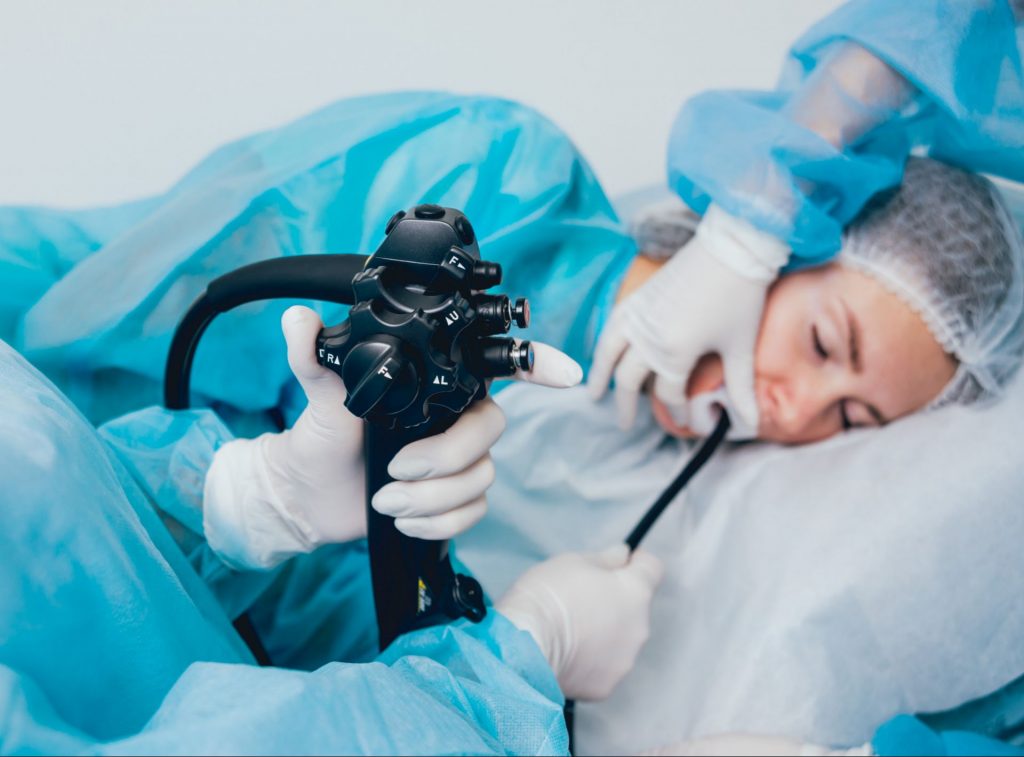
Which factors affect the cost of an endoscopy?
Many things can affect the cost of healthcare, regardless of which type of procedure you’re getting. Generally, there are three factors that cause healthcare costs to vary:
- Facility setting — Where you have your medical procedure done affects the cost. Having an endoscopy done in a hospital as an inpatient costs far more than having the same procedure done in an outpatient center. Since inpatient facilities tend to cost more to run, patients end up paying more for care.
- Insured or uninsured — The cost of an endoscopy can vary between insurance providers. The change in price largely depends on how much of the procedure your insurance plan covers if any at all. If you don’t have health insurance, you can expect to pay the full cost of an endoscopy out-of-pocket.
- Location — The region, state, and even city you live in can affect the cost of your medical procedure. If you live in a rural area with fewer facilities to choose from, you can expect to pay more than you would if you lived in a city with many providers. Traveling for a medical procedure can be a great money-saving option.
Inpatient vs. outpatient facility cost differences
The cost of an endoscopy will vary greatly between inpatient and outpatient facilities. The national average cost of an endoscopy at inpatient facilities is $4,350, while the same procedure at outpatient facilities averaged $2,550.
Insured vs. uninsured cost differences
Insured patients have historically paid less than uninsured patients for an endoscopy, especially when they stay in-network. When a patient has insurance, they share payment responsibility with their insurance company. For patients who don’t have health insurance, the cost of their endoscopy falls on them and, ultimately, costs more.
In-network vs. out-of-network cost differences
In-network refers to a healthcare provider or facility that has a contracted rate with a health insurance company. This rate is usually much lower than what someone would pay out-of-pocket; in-network providers are almost always cheaper than out-of-network providers. This does not apply to patients who are uninsured—without insurance, you shoulder the full cost of your medical procedure.
Payment responsibility
Nearly everyone who has an endoscopy will have to pay some of the cost out-of-pocket. Uninsured patients will be responsible for the total cost of their surgery.
Patients who have health insurance will be responsible for paying their deductible, copay, and coinsurance amounts. The amount of each of these costs depends on your health plan.
More factors that affect the cost of an endoscopy
- Prescriptions — A physician may prescribe painkillers or sedation for your procedure. To avoid high prescription prices, make sure the prescriptions you receive are covered by your insurance policy. You can also ask if there is a generic version of the same medicine, which can help lower the cost.
- Additional office visits — In some cases, you may be charged a separate fee for an initial consultation with the surgeon before the procedure. Ask if follow up visits are included in the total cost of your procedure.
Your endoscopy checklist
1. Review the total cost of your procedure with your surgeon. Ask them to explain what each cost is for and keep a record. If you get a medical bill that’s higher than you expected, this information will come in handy.
2. Ask your surgeon if they can perform the procedure in an outpatient setting.
3. Check that all providers are in-network. Sometimes a provider who treats you will be out-of-network (this often happens with anesthesiologists). You can avoid this by asking your surgeon whether all of the providers who will treat you are in-network for your insurance.
4. Ask what the typical cost is if the surgeon finds other areas that need to be repaired during your procedure.
Additional Payment Information, Assistance Options, and Tips
You may be able to save a significant amount of money through our Patient Assist Endoscopy Program. This program offers all-inclusive discounted pricing ranging from $950 to $2,250. You may also qualify for financial assistance programs available to you if you need help paying for surgery. Learn more about Patient Assist’s Endoscopy Program.
